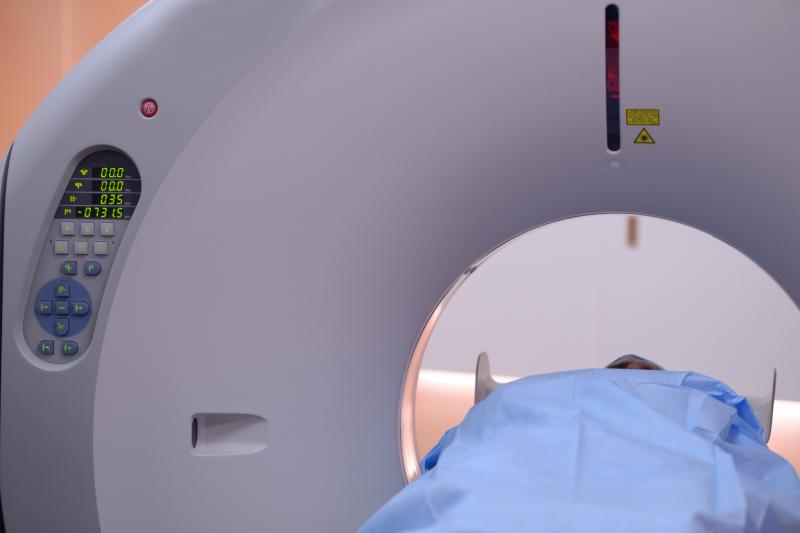
A novel strategy using either cardiovascular magnetic resonance imaging (CMR) or computed tomographic angiography (CTA) first in the diagnostic process of patients with non–ST-segment elevation myocardial infarction (non-STEMI) may minimize the use of invasive coronary angiography (ICA), according to a study.
“Patients with non–STEMI and elevated high-sensitivity cardiac troponin levels often routinely undergo ICA, but many do not have obstructive coronary artery disease (CAD),” the investigators said.
ICA was reduced in the CMR- (87 percent; p=0.001) and CTA-first strategies (66 percent; p<0.001) as compared with routine clinical care (100 percent), with comparable outcome (CMR vs routine: hazard ratio [HR], 0.78, 95 percent confidence interval [CI], 0.37–1.61; CTA vs routine: HR, 0.66, 95 percent CI, 0.31–1.42; CMR vs CTA: HR, 1.19, 95 percent CI, 0.53–2.66).
Obstructive CAD after ICA was detected in 61 percent of patients in the routine clinical care group, in 69 percent in the CMR-first group (p=0.308 vs routine) and in 85 percent in the CTA-first group (p=0.006 vs routine). Follow-up CMR and CTA were carried out in 67 percent and 13 percent of patients in the non-CMR and non-CTA groups, respectively, and led to a new diagnosis in 33 percent and 3 percent, respectively (p<0.001).
The investigators included 207 patients (mean age, 64 years; 62 percent male) with acute chest pain, elevated high-sensitivity cardiac troponin T levels (>14 ng/l) and inconclusive electrocardiogram in this randomized controlled trial and compared an initial CMR or CTA strategy with routine clinical care. Follow-up ICA was recommended when initial CMR or STA suggested myocardial ischaemia, infarction or obstructive CAD (≥70 percent stenosis).
Referral to ICA during hospitalization was the primary efficacy endpoint, and 1-year outcomes (ie, major adverse cardiac events and complications) were the secondary safety endpoints.